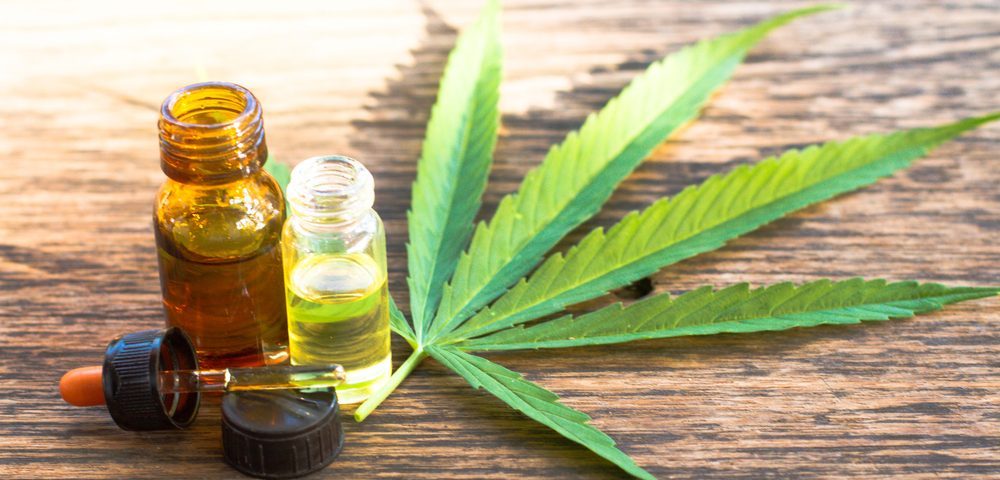Women with endometriosis in Australia using cannabis on their own to manage their disease report its use helps to ease pain and other symptoms like nausea, with very few side effects, a study based on an online survey reports.
The study, “Cannabis Use, a Self-Management Strategy Among Australian Women With Endometriosis: Results From a National Online Survey,” was published in the Journal of Obstetrics and Gynaecology Canada.
Severe chronic pelvic pain that significantly affects quality of life is well-reported in endometriosis.
Non-surgical treatments for this disease include combined oral contraceptives or progestins alone and non-steroidal anti-inflammatory drugs, among other options. However, these therapies are limited in their effectiveness, and discontinuation rates range between 25% and 50% due to side effects.
Opioids are commonly prescribed for pain, but carry a high risk of dependency and a potential for overdose.
Due to these limitations on existing medical treatments, women with endometriosis are increasingly turning to self-care or lifestyle interventions for symptom relief. More research is needed, the study said, into the effectiveness of these self-management strategies.
But preliminary studies suggest that cannabis, which acts via the endocannabinoid system (ECS), can help manage pain in women with this disease.
“Cannabis has a long history of use in the ancient and scientific literature for various conditions such as period pain, however until now nothing has been investigated for cannabis being used for endometriosis,” Justin Sinclair, the study’s lead author, an NICM Health Research Institute Research Fellow and coordinator of the Australian Medicinal Cannabis Research and Education Collaboration, said in a press release.
Researchers designed an online survey targeting Australian women with surgically confirmed endometriosis to determine the prevalence of cannabis use, its cost, tolerability, their opinions of its effectiveness, and possible changes they have made in pharmaceutical treatment use.
“Past research has demonstrated that certain compounds within cannabis known as cannabinoids exert analgesic and anti-inflammatory activity. Our research sought to determine the prevalence, tolerability, and self-reported effectiveness of cannabis in women with endometriosis,” Sinclair said.
A total of 484 responses were analyzed, among which 76% of women reported practicing general self-management strategies in the previous six months.
Among these people, 13% (48 women) reported using cannabis for symptom control, and most likely it was not approved medical cannabis, the study noted.
Survey responders rated cannabis’ effectiveness on pelvic pain at 7.6, on a zero to 10 numeric rating scale with 10 being most effective. Twenty-seven of these women, 56%, reported its effectiveness allowed them to cut by at least half their pharmaceutical medication use.
Women reported the greatest improvements were in sleep, nausea, and vomiting. Side effects were found to be infrequent (10%) and minor, particularly when compared to adverse event reporting for non-steroidal anti-inflammatory drugs (11%−14%) and opioid-based medications (78%).
“Women report good efficacy of cannabis in reducing pain and other symptoms, with few adverse effects reported,” the researchers wrote.
As studies have found a high number of cannabinoid receptors (which cannabis binds to) in the female reproductive system, it is plausible that cannabis can help biologically alleviate endometriosis symptoms.
But Sinclair cautions that cannabis use is not without risk.
“One in ten women in the study who used cannabis reported an undesirable effect such as drowsiness, rapid heartbeat, or increased anxiety,” he said.
And, again, while Australian women with endometriosis report using cannabis quite commonly, it likely was not via prescription.
“Due to the timing of when the survey was administered, most if not all of the women in the survey would have been using illicit cannabis as access to medicinal cannabis was still in its infancy,” said Mike Amour, MD, with the NICM Health Research Institute and the study’s chief investigator.
“This means we don’t have any information about the different varieties of cannabis that women were using, or what might have been in the cannabis that was being used as it was derived from illicit sources which are not quality assured,” he said. “Also, this was a self-reported survey, which can lead to over or under estimation of the positive or the negative effects.”
The scientists add that further clinical research is warranted to determine the effectiveness of cannabis in managing endometriosis’ symptoms.

